Pink Ball: Cricket, with its rich traditions, has long been known for its iconic Test matches that span over five days. The introduction of the pink ball for day-night Test matches has brought about significant changes to the dynamics of the game. While this innovation has been welcomed by many for its ability to make Test cricket more spectator-friendly, especially with evening sessions under artificial lights, it has posed unique challenges, particularly for the batters.
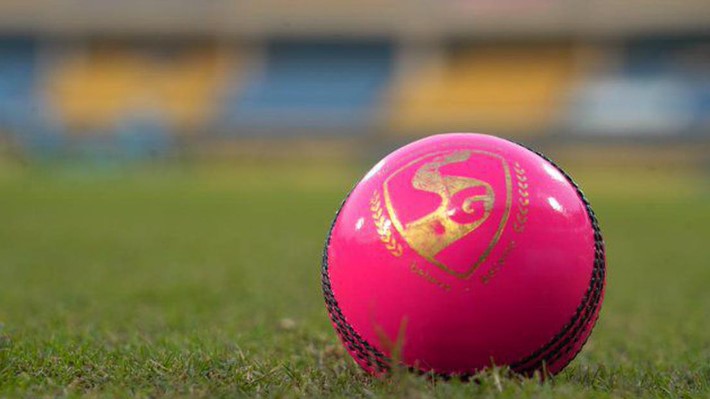
The traditional red ball, used in Test cricket for decades, behaves differently than the pink ball, and the shift to day-night games has forced batters to adapt in numerous ways. In this article, we explore how batters have adjusted to the unique challenges posed by the pink ball in day-night Test matches.
The Evolution of the Pink Ball
Day-night Test matches, first introduced in 2015, aimed to enhance viewership by playing a majority of the game under lights. To suit these conditions, a new type of ball was created – the pink ball, which is more visible under artificial lighting than the traditional red or white ball.
However, the introduction of the pink ball also brought with it a series of challenges for the players, particularly the batters. The color of the ball is not the only difference, as the composition of the ball has been altered. The pink ball tends to swing more for longer periods, and its durability under lights creates distinct challenges.
Challenges Faced by Batters in Day-Night Tests
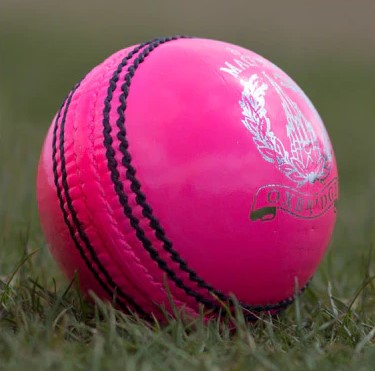
Swing and Movement in the Evening
One of the most prominent features of the pink ball is its ability to swing more under lights. The ball’s lacquer coating helps it retain moisture, making it more susceptible to seam and swing movement, especially during the evening sessions. Batters often find it difficult to judge the line and length of deliveries as the ball moves unpredictably in the air.
| Time of Day | Ball Behavior | Batter Impact |
|---|---|---|
| Morning Session | Less Swing | Easier for batters to judge the ball as conditions are more stable. |
| Afternoon Session | Moderate Swing | Ball starts to lose moisture, reducing swing but making the ball harder to pick. |
| Evening Session | Significant Swing | Ball swings sharply, making it more challenging for batters to judge, especially under artificial lights. |
Visibility Issues Under Lights
The pink ball has been designed for better visibility under lights, but some players, especially those used to the red ball, have found it difficult to pick up the pink ball early in their innings. The color contrast with the sky and floodlights can lead to issues in tracking the ball. Moreover, the glare from stadium lights during the evening session can disorient batters, leading to misjudgments and increasing the chances of being dismissed.
The Pink Ball’s Wear and Tear
While the pink ball retains its color longer than the traditional red ball, it does not last as long as the red ball in terms of its overall condition. The ball tends to lose its shine relatively quickly, and once the lacquer wears off, the ball can become less responsive to swing and seam movement. Batters must adjust their techniques to account for this change in ball behavior throughout the course of the match.
Dealing with the Night Conditions
In day-night Test matches, batters are often required to face deliveries under floodlights during the evening and night sessions. The cooler conditions at night combined with the movement of the ball can make it a daunting task for even the most experienced batters. The night sessions have often proven to be crucial for determining the outcome of matches, with bowlers taking advantage of the conditions, and batters struggling to adapt.
Batters’ Adaptations to the Pink Ball
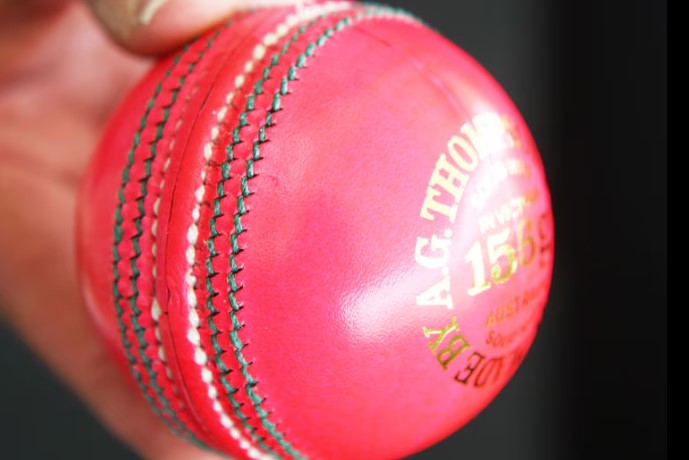
While the pink ball introduces several challenges, batters have gradually adapted by modifying their technique and approach to the game. The key adaptations are highlighted below:
Increased Focus on Defensive Technique
Batters have adjusted their defensive techniques to deal with the increased swing and seam movement offered by the pink ball. A solid, compact defensive shot is now more crucial than ever, as players focus on playing the ball late and ensuring the bat is in line with the ball to reduce the chances of nicking off.
| Adjustment | Impact |
|---|---|
| Defensive Shot Selection | Batters play close to the body and avoid playing too many expansive shots early on. |
| Playing the Ball Late | This allows batters to judge the movement more accurately and avoid playing too early. |
Mental Toughness in the Evening Sessions
Mental resilience has become a critical factor in the evening and night sessions. Batters are now mentally prepared for the challenges posed by the pink ball, especially under lights. Many players have spoken about the need for a heightened focus and concentration during these periods. Even seasoned batters who have faced hundreds of red-ball deliveries have mentioned that the pink ball demands an entirely different level of mental focus.
Adapting to the Fast Scoring Opportunities
The pink ball has also made conditions more conducive for fast bowlers, but at the same time, it offers batters an opportunity to score quickly during the day sessions when the ball isn’t as lively. Batters who can adapt to the changes in ball behavior and conditions are able to capitalize on periods when the ball is less challenging, especially in the morning and early afternoon.
Training and Preparation for Day-Night Tests
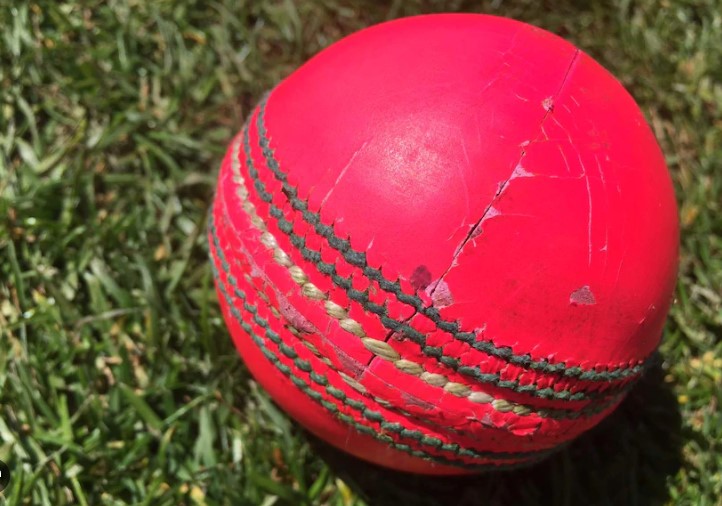
Players now prepare specifically for day-night Test matches, taking into account the peculiarities of the pink ball. Coaches and teams have introduced new training drills aimed at improving batters’ ability to judge the ball under varying light conditions. Some specific training methods include:
Simulation Training: Players face pink balls under artificial lights during practice sessions to replicate match conditions.
Late-Session Batting Practice: Batters train specifically during twilight hours to adapt to the swinging ball and poor light conditions.
Vision and Reaction Training: To help with the visibility challenges under floodlights, some teams incorporate vision drills to help players pick up the ball faster.
Success Stories and Adaptations by Top Batters
Despite the challenges, several batters have managed to thrive in day-night Test matches with the pink ball. A few notable success stories highlight how these players have adjusted their game:
| Batter Name | Adaptation Strategy | Notable Performance |
|---|---|---|
| Virat Kohli | Plays late and focuses on compact defence | Scored a brilliant century in a day-night Test in Adelaide (2018). |
| Steve Smith | Adjusts batting stance for pink ball swing | Dominated during day-night Tests in Australia, especially in the 2017 series. |
| Alastair Cook | Increased focus on mental strength | Consistent performances in day-night Tests, maintaining composure under lights. |
The Future of Pink Ball in Test Cricket
As day-night Test matches become more common, it is expected that batters will continue to evolve their techniques in response to the challenges posed by the pink ball. Innovations in bat technology, training methods, and even changes to the ball’s composition may help further balance the contest between bat and ball.
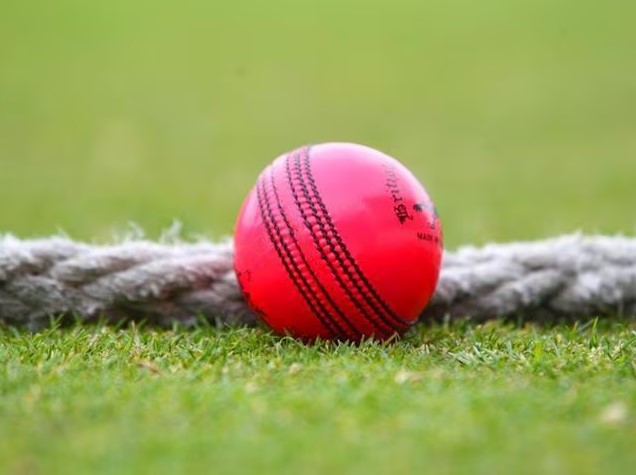
The introduction of the pink ball for day-night Test matches has undoubtedly added a new layer of complexity to the game. Batters have had to adjust their strategies, focusing on techniques that allow them to deal with the increased movement and changing visibility conditions. The increased mental focus required during twilight sessions, along with the adaptation to a swinging ball, has made the game more challenging, but also more exciting. As the game continues to evolve, it will be fascinating to see how batters continue to develop in response to the challenges posed by the pink ball in day-night Test cricket.
